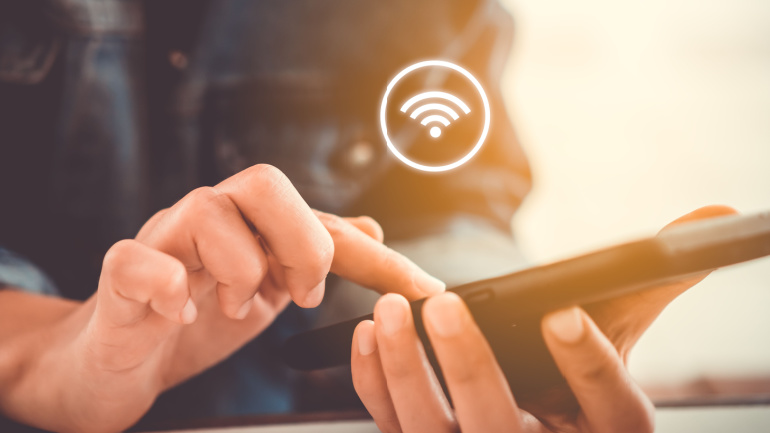Content Guru, a prominent global provider of cloud contact center and customer experience (CX) technology, has announced today that its storm® cloud contact center solution has been granted the United States Federal Risk and Authorization Management Program’s (FedRAMP) In Process designation at the High Impact Level.
Welcoming Nokia’s latest innovation — the 25G Passive Optical Network (PON) starter kit. Aimed at enhancing 10Gbs+ deployments, the kit empowers operators to expedite high-speed connectivity for diverse businesses. With the capacity to connect up to ten businesses, this move is amplifying the importance of 10Gbs business connectivity globally. Utilizing existing fiber assets, it offers unique prospect for delivering exceptional speeds to different enterprises, from schools to farms. Discussing the transformation this 25G PON technology brings, we delve into the views of industry insiders and parallel innovations in the works.
Nokia’s revamped home wifi software suite, now known as Corteca, promises to revolutionize in-home connectivity management and user experience. This holistic solution boasts advanced features like Corteca Cloud for network management and Corteca Device Software for device administration. More intriguing is the upcoming Corteca Marketplace, offering ‘try-before-you-buy’ applications, potentially opening new revenue horizons. Despite the anticipation, the question remains – will this alleviate users’ connectivity woes and truly enhance their in-home broadband experience? Stay tuned as the story unfolds.
SK Telecom’s recent interest in burgeoning AI companies, especially in the AI Contact Center specialist, Persona AI, is undeniable. The partnership aims to revolutionize customer service through AI technology, reducing wait times and providing 24-hour service. However, challenges remain as AI tries to match the human knack for voice recognition and interpretation. SKT and Persona AI also plan to venture into voice recognition kiosks and voice-activated robots, capitalizing on a rapidly growing market.
Deutsche Telekom and Google venture into tablet manufacturing, pinning their hopes on the affordable “T Tablet”. Designed for digital learning, this device blends advanced hardware, potent software, and network capabilities. Aiming at a wider 5G access, it also targets narrowing the digital divide. The tablet’s debut could spark new conversations about digitization in the education sector and beyond.
In a first for the region, Ericsson and Australian operator TPG are creating a cloud-native AI-powered analytics tool, designed specifically to streamline 4G and 5G networks. With the power to predict and fix performance issues in real-time, this tool aims to enhance response times to network issues and reduce reliance on complex infrastructure analysis. Showcasing TPG as an early adopter, this technology also enhances network flexibility as usage increases, allowing for tracking of around five million subscribers.
Bringing 4G to the UK’s remotest realms, Three UK has established 100 dedicated sites through the Shared Rural Network (SRN). This initiative enhances coverage by around 2,800km2, reaching over 37,000 new premises. However, with the ambitious goal to extend 4G coverage to 95% of the country by 2025, one can’t help but ponder, is the UK on pace to meet this target? Participate in the discussion at the Connected Britain digital economy event.
DE-CIX, the world’s leading operator of Internet Exchanges (IXs), has unveiled its plans to establish PT DE-CIX Indonesia, a joint venture with PT IDMarco Digital Solusi, a subsidiary of the Salim Group. This initiative marks a significant move for DE-CIX, as it ventures into Indonesia, the largest population and fastest-growing economy in Southeast Asia.
BT’s innovative Etc unit is poised to launch trials repurposing outdated street cabinets into electric vehicle (EV) charging points. Aiming at a smooth transition during the UK’s fiber rollout, this pioneering step initially caters to BT Group and Openreach employees in Northern Ireland, with plans for public engagement. However, the venture’s ultimate impact rests heavily on successful pilot performance.
T-Mobile has taken a bold step forward in the world of 5G technology, initiating the rollout of its latest innovation that promises lightning-fast speeds of up to 3.3Gbps. The breakthrough is achieved through carrier aggregation, a technique that combines four distinct 5G channels into one for compatible devices. At present, only Samsung’s newer Galaxy S23 phones are capable of harnessing this impressive speed boost.













